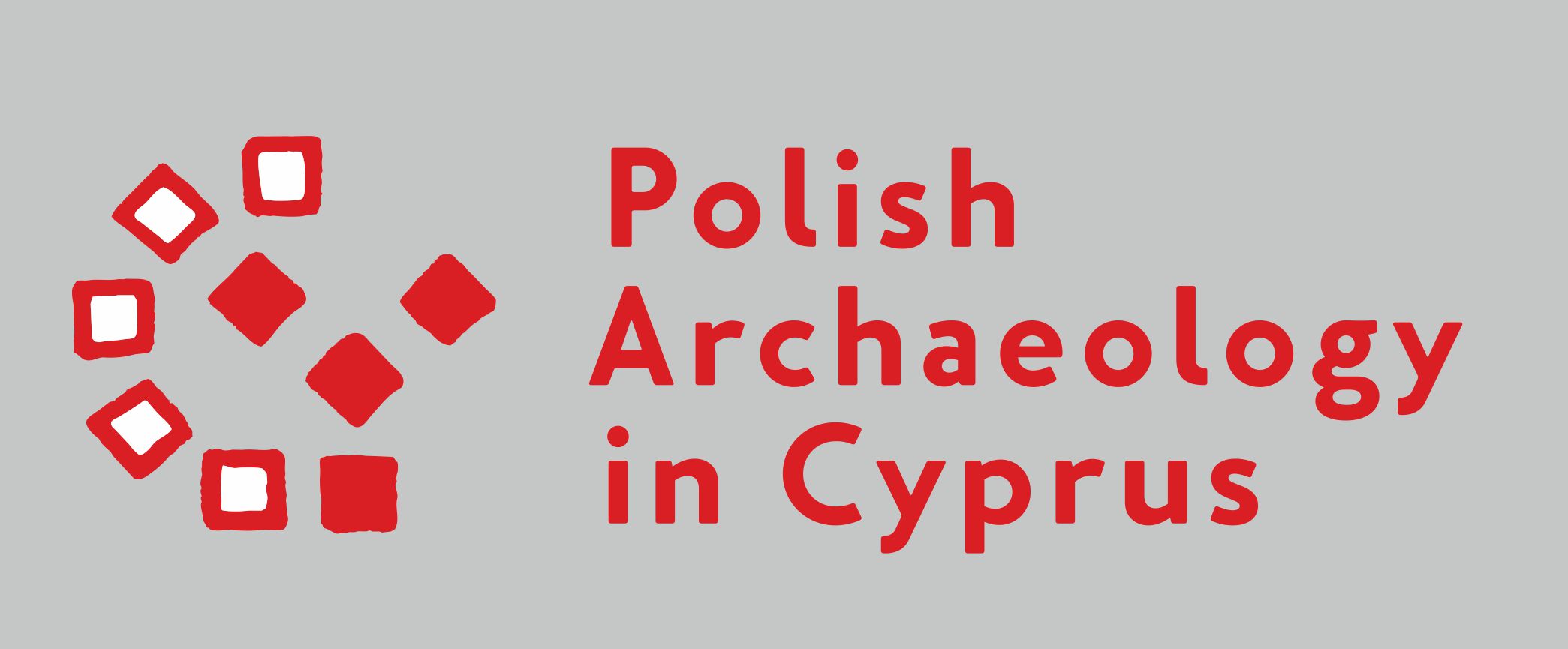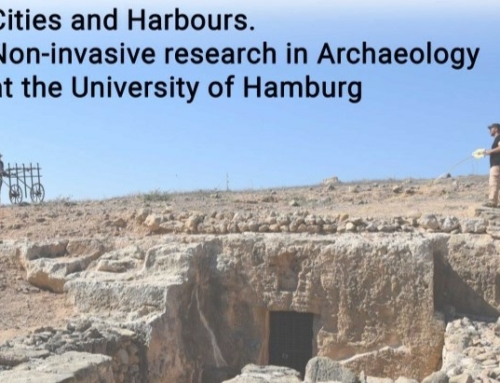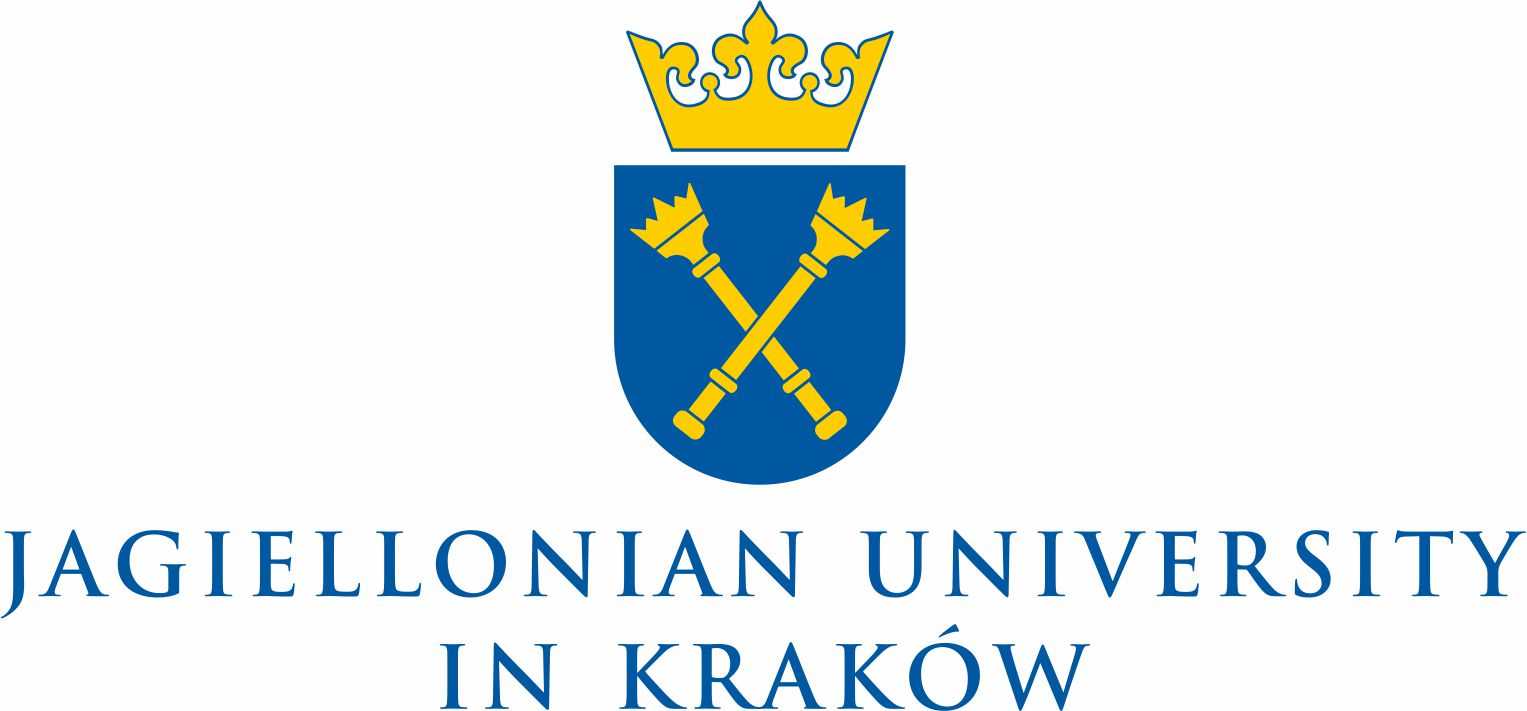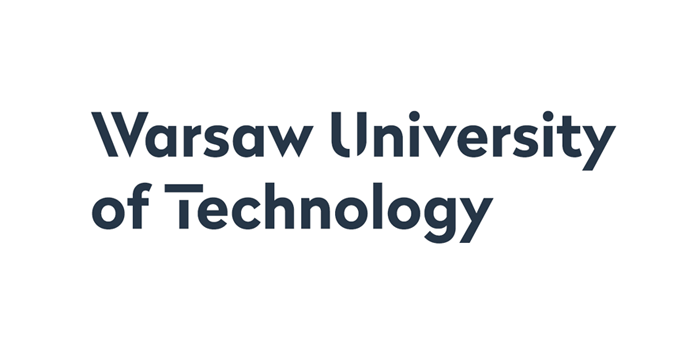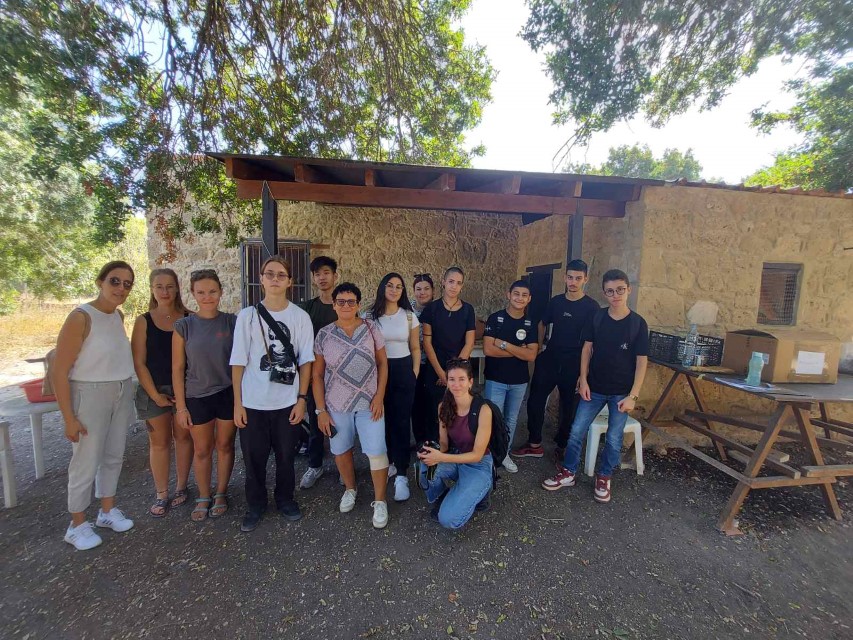
2nd archaeological engagement program at Nea Paphos – Archaeologists’ reflections
During the autumn fieldwork season, a group of highschool students from Paphos visited the ongoing excavations of the Maloutena-Agora Project (MA-P) in the Nea Paphos Archaeological Park. The visit was organized as part of an archaeological engagement program.
MA-P is a collaborative project of three institutions: PCMA UW, Jagiellonian University and Warsaw University of Technology, led by Prof. Ewdoksia Papuci-Władyka. The visit was organized by Eleanna Avouri in cooperation with teachers at the Archbishop Makarios High School in Paphos.
Community outreach and collaborative archaeology programs of the MA-P target local students to raise their awareness of archaeology and the research ongoing on ancient sites around them. They also aim to create an opportunity for archaeologists to engage with the public to bring archaeology and foreign archaeologists to become part of the local communities. So the events are more than just a learning opportunity for students; they create an occasion for both sides to interact and enjoy the shared experience.
After the visit, the four archaeologists involved in the program and the engagement facilitator, gave some personal reflections and observations which may inform the planning of events, and improve the next ones, in the future.
Eleanna Avouri, engagement facilitator – “The visit took place on a very warm morning. The students were surprised by the resilience of archaeologists, working even under such tough conditions. It was the first time they saw open trenches and archaeological materials outside the museum displays. They enjoyed the opportunity to learn how to ‘read’ ceramic sherds, artefacts, and that they could actually touch them. At the end, some of the students spared some of their free time and volunteered to wash pottery excavated during the project.”
Łukasz Miszk, field director – “In general, my impressions are somewhat related to the nature of this particular group. The previous one was more disciplined and was somewhat defeated by time and coldness in visiting and listening. But the students this time were more involved. As always, there were those in the group who were more interested and those who were less interested. In this case, however, most of them were afraid to address me directly but preferred to ask in Greek, via the teacher. But this is understandable. Overall, my impressions are positive.”
Małgorzata Kajzer, pottery specialist – “During the presentation of the material, we spoke with Kamila about the different aspects of technology and the functions of the vessels. My primary observation is that only a few students were interested and involved. Some of them didn’t come to our table to see the objects. Maybe a good idea for the future would be to have no more than ten people to look after them properly and to obtain more individual character of the meeting. We can also divide our presentations into smaller parts/topics to be presented by different people, so we do not have to speak to big groups. But we have to engage the local community as their knowledge about our work is low, and the students show different interest levels. Three students wanted to join us to try to work with the material after the visit. They washed the pottery and divided previously prepared (washed and dry) pottery into categories. I think it was a nice experience for them, and it’s always better to actively involve the group. Maybe that’s the solution for the future: to organise the visits as a small workshop to teach people how we work.”
Kamila Niziołek, pottery specialist – “Although I conducted workshops that involved presenting authentic archaeological objects on many occasions, it was, for me, the first time that such a meeting took place during the excavation season. This created the opportunity for showing students the entire process of working with archaeological objects, especially with ceramic material. It is a valuable experience, as there is rarely an opportunity for non-specialists to see what happens with the archaeological objects before they are put in the museum display cases. What is more, the students could try to work with these objects themselves, by washing ceramics or dividing dried sherds into different categories, i.e. tableware, kitchenware, plainware, storage vessels, amphorae, or ceramic building material. Some students seemed to be really interested in it.”
Read more about Nea Paphos.
